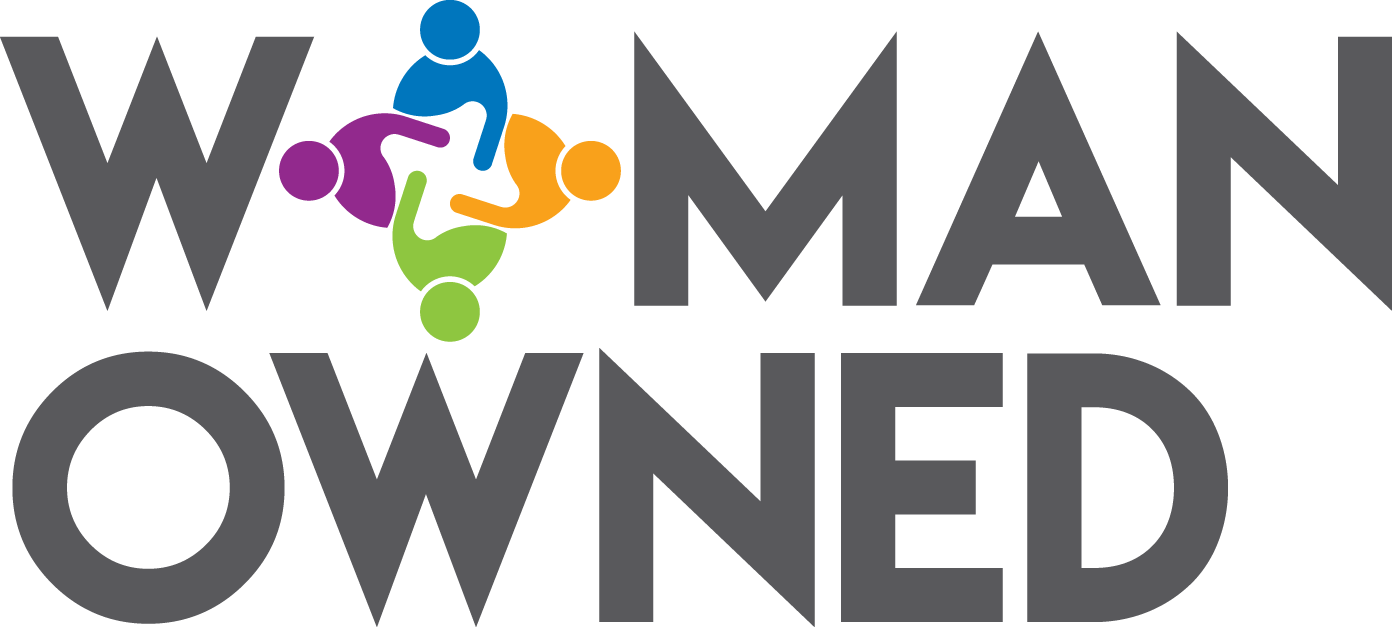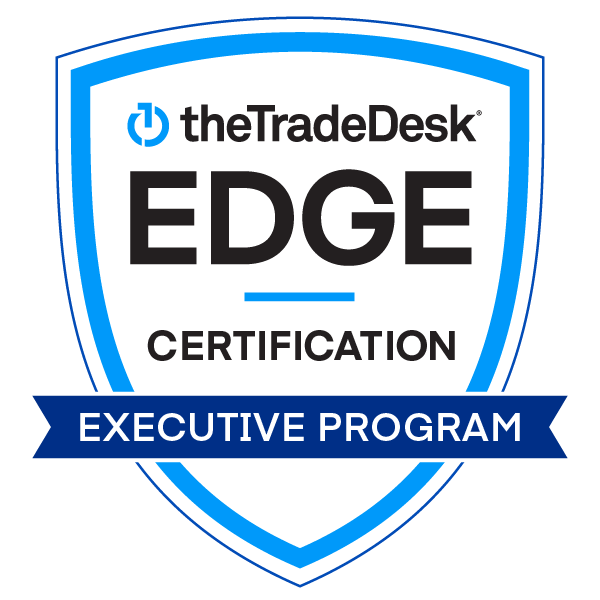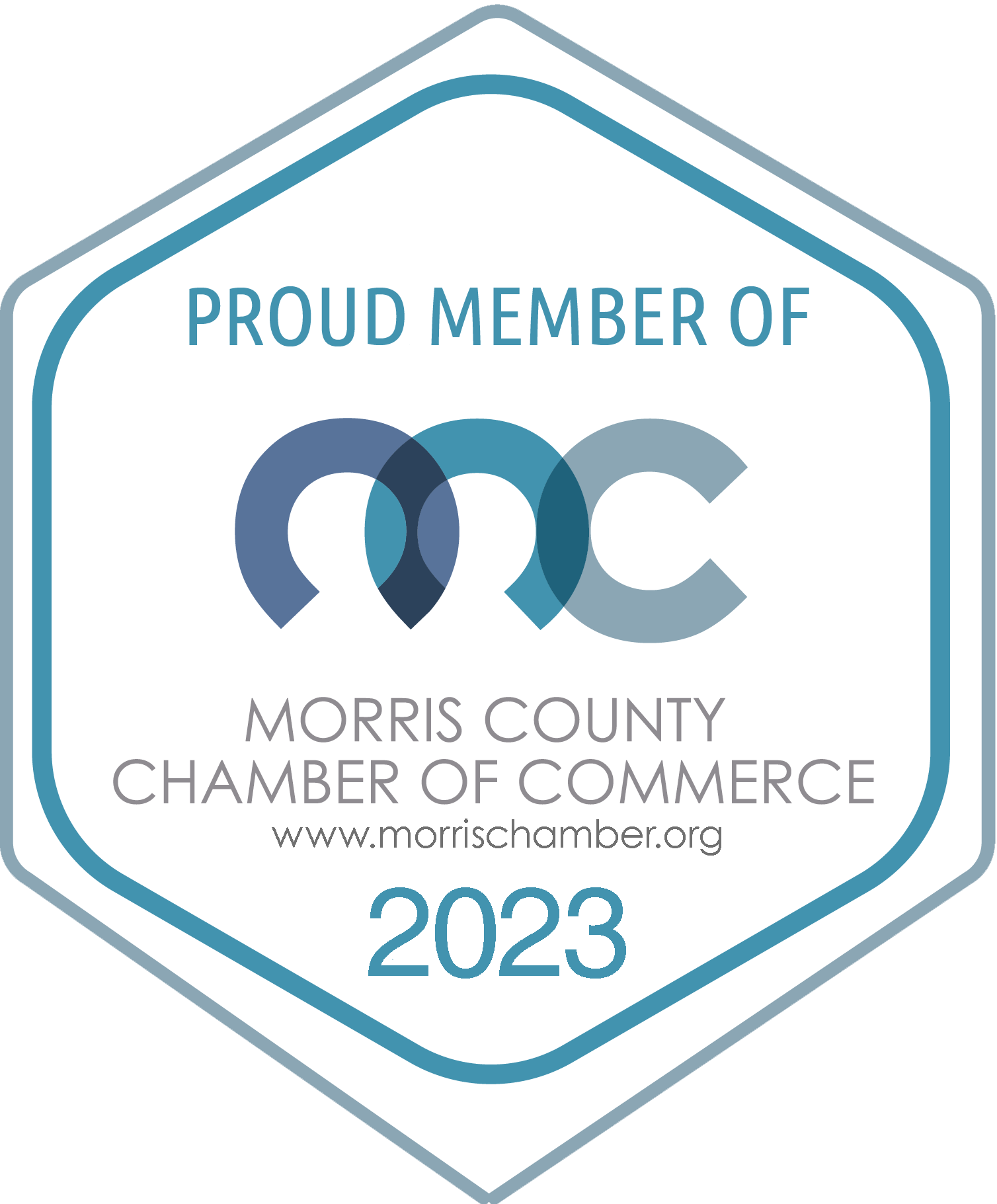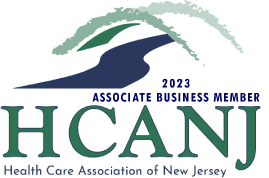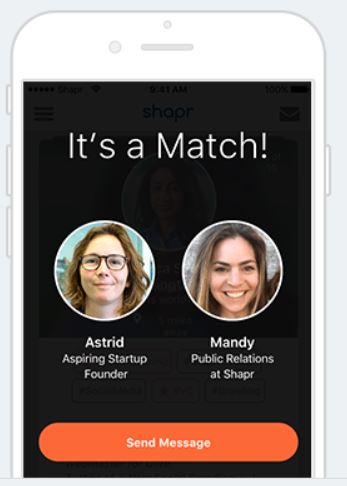
Many traditional business practices over the past few decades have evolved into having some sort of digital or mobile alternative. Technology is continuously creating new ways to do just about everything, including networking. What used to consist of simply shaking hands and in-person conversation has also hit the digital world with the emergence of social sites such as LinkedIn and some cool networking tools.
Although they can provide a way to foster a professional connection that would be otherwise difficult to attain, the way people use social platforms in general can take away the true intention which is to develop a personal relationship that is mutually beneficial. If you are trying to connect with someone for a specific reason, they may accept your request, but they could have also accepted any number of people that day and now you’re just another connection they may or may not interact with.
The good news is, there are many tools out there in addition to LinkedIn that can be used for meeting people and networking, and they take a different approach compared to traditional social and networking platforms. They aim to create an experience that encourages people to go beyond the platforms to actually meet with people for lunch, coffee or at an event to form a genuine professional relationship.
Some of them are specific to certain kinds of meetings or interactions like Extendee and Let’s Lunch, while others, like Shapr, are a tool simply for networking with people in the area. One of the more specific-use platforms, Extendee, is used to meet people that are attending the same conferences, festivals, marathons or any other type of event. You can then begin a conversation with like-minded people before even getting to the event, or even share a ride from the airport to the venue. The most important element that the Extendee boasts is maximizing ROI. When you have invested time and money into traveling to and attending an event, you want to get the most out of it, and Extendee helps you do that.
Another one is called Let’s Lunch, which has a mission to empower people to get more out of their lunch time in a unique way. Let’s Lunch connects you to companies that you could go have lunch with and experience the company culture and even discover job opportunities. Forbes said, “while there are a lot of incredible tools and resources that make it easier to network with people from all over the world, there’s still nothing quite like Let’s Lunch.”
The platform that I have interacted with the most is the Shapr app. The easiest way to describe it is to say it is similar to Tinder or Bumble, but for professional networking. It has a very similar interface and you swipe left for “no” and right for “yes” on the people you come across. The app shows you approximately 15 people per day based on your location, but there is more to it. You can log in using LinkedIn, and the algorithm also uses your professional experience and tagged interests. So, if you are interested in entrepreneurship, technology and marketing, you can make that a part of your profile and Shapr shows you people that are also interested in those topics.
According to the app’s founder, Ludovic Huraux, the limit of 15 is important to the central idea of Shapr which is to “make networking a habit.” The limit forces people to come back daily and people don’t have the ability to swipe through tons of people every day, which would diminish the impact and effect of the app.
In the Shapr app, you swipe anonymously and get notified when both people swipe yes, and then a conversation can be started. Unlike some other platforms, it is less focused on sales or jobs and instead intended to cultivate relationships and get people to meet up offline. The app has been used by all sorts of people, from company executives to entrepreneurs, recruiters, and students looking for some guidance or mentorship. Shapr is great for finding people and simply starting a conversation. If you are not looking for a specific type of meeting or for people going to a certain event, you might use Extendee or Let’s Lunch instead.
I stumbled upon Shapr from a social media post and thought it sounded very interesting so I downloaded it right away. I began using it and swiping through people without much of an expectation. I was interested in talking to people working in the marketing field who could offer some career advice. I was able to speak with people in the industry who were more than willing to provide some insight on their own career path. That is why the Shapr app is an excellent tool for more personal (but still professional) networking. Instead of a pool of thousands at your fingertips, Shapr shows you a limited amount everyday based on what your profile says you are interested in.
These tools put a spin on networking on bigger platforms which gives you a pool of thousands at your fingertips. They are more focused, and most users are looking for some insight just as much as they are willing to share knowledge and guidance, which is what makes them powerful. Most users are looking for help just as much as they are willing to share knowledge and guidance, which is what makes these tools so great.

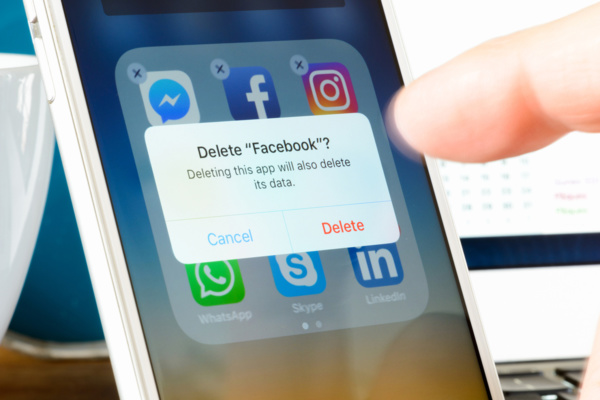


 In the world of recruitment, we use the terms “Active and Passive Job Seeker,” to differentiate between people who are actively searching for jobs, whether out of work or ready for a change, and those who are currently employed, but may be convinced to consider another opportunity.
In the world of recruitment, we use the terms “Active and Passive Job Seeker,” to differentiate between people who are actively searching for jobs, whether out of work or ready for a change, and those who are currently employed, but may be convinced to consider another opportunity.